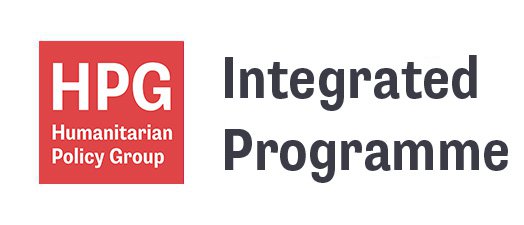The tip of the iceberg? Understanding non-traditional sources of aid financing
People affected by crisis receive help from a range of sources other than the international humanitarian assistance system. These sources can include family and friends, community and national organisations, local and national governments, non-DAC donor countries, faith-based charity, philanthropy and the private sector.
Indeed, it is almost certainly the case that international humanitarian assistance is not the most significant factor in the support people in crisis receive. According to the 2018 Global Humanitarian Assistance report, official humanitarian assistance accounted for less than 5% of resource flows into the 20 countries receiving the most international humanitarian assistance in 2016.
While there is increasing pressure on the traditional humanitarian community to be more efficient and transparent over its resource flows, the resources and services provided by non-traditional actors represent a considerable resource and a key asset for people affected by humanitarian crises. Currently, however, these local and unofficial sources of assistance are difficult to track and are typically not factored into international responses.
There has been little analysis at the crisis level to develop a detailed understanding of the levels of resources and how they are received, what these resources are used for, and how they complement – or may work at cross-purposes to – formal international flows.
By developing a more fine-grained understanding of how people in crisis experience different sources of aid, this project aims to identify ways in which the international system can better recognise and incorporate non-traditional flows into its planning, and non-traditional actors can better understand and engage with other sources of assistance.
Staff
-
Barnaby Willitts-King
Senior Research Fellow
-
John Bryant
Research Fellow
Barnaby Willitts-King, John Bryant, Lydia Poole
